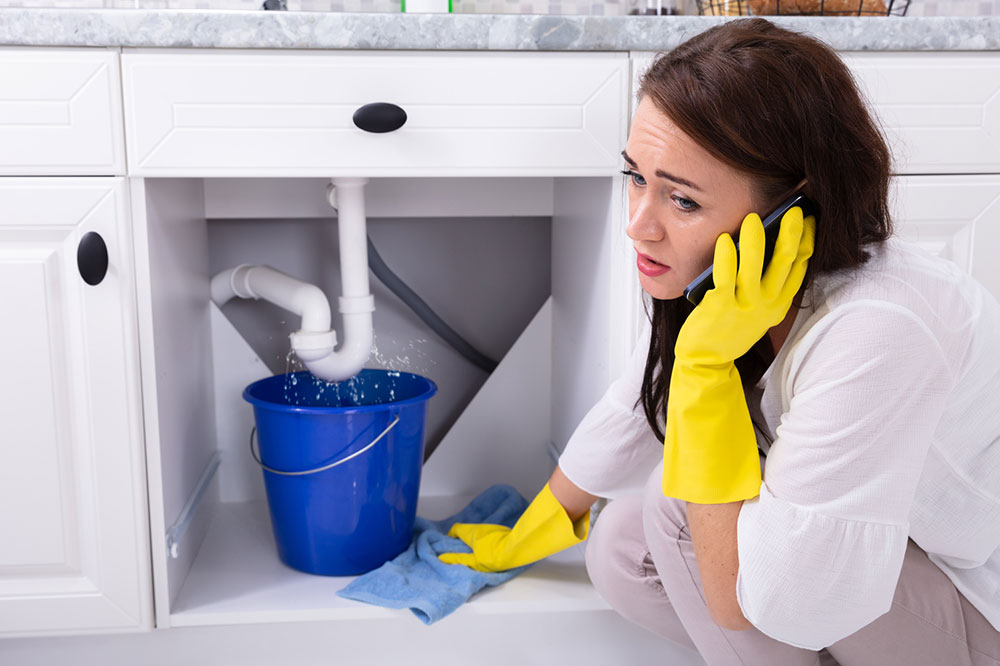
A step-by-step process for water damage repair
Water is critical for survival, but when it wreaks havoc, it can turn into a problem for your home or office in no time. Water damage generally happens if a problem goes unnoticed, and many times, it may take weeks or months for you to notice the problem. It can happen because of leaking pipes, bursting sewer lines, or natural disasters. Water damage repair can be stressful to deal with, especially when the cause of the damage goes unnoticed for a long time. In most cases, water damage repair requires the help of a professional, but sometimes DIY steps can help limit the damage to some extent.
Here are a few steps that you should be taking when you plan to repair the damage caused by water.
Electricity and water source shutdown
Before you move on to an assessment of the reason for the water damage, it becomes imperative to shut down the source of power and water before you get into repair mode. This limits the extent of the damage and makes it safe to start the assessment quickly.
Mold inspection
The next step is to start inspection of severe issues like mold. Certain molds are toxic to humans and can pose serious health risks. If given the right conditions, mold can begin to grow in 24 hours; hence it is in your best interest to inspect for growth to avoid any health hazards. You can cut out the material in small mold issues, bag it immediately, and throw it away. In the event of severe mold issues, leave the area shut down any airflow and call for professional help; shutting down the airflow reduces spore contamination and reduces the extent of the water damage repair. Mold can appear inside walls and floors; hence it becomes crucial to keep the inspection while the repair work is on.
Dry the infected areas
The next step should be to dry out the areas by eliminating all moisture to avoid more damage to the walls or floors. In most cases, you can use a fan or a large humidifier to dry out materials such as carpets and wood. This process will not prevent mold growth but would reduce the impact of the damage caused.
Remove damaged and porus materials
There are many materials such as carpets, fabric, wood that are porous and soak in water; you would need to identify such materials cut them out, and throw them away. Water will permanently damage porous materials by shrinking them. It also becomes essential to inspect ceilings and floors. If you have unsealed cement, drywall you would need to get it replaced.
Disinfection of materials
Once you have removed and replaced the damaged materials, you need to disinfect the entire damaged area before you begin the repair work. Bleach solution works well as a disinfectant, but you can also look at many homemade options. This helps to ensure that no mold spores linger on the damaged area.
Replacement
The next step is to start the replacement process starting from the top down. You should always focus on the ceilings first, as they are at greater risk due to gravity. You would then need to replace damaged wood on the walls and the floors. You would need to install new waterproofing flooring. You would also need to check the insulation behind the drywall for damage and get that replaced.
Water damage repairs can be stressful. It is always possible to restore your home to normal with the right steps. It is advisable to leave the water damage repair to a professional if the damage is beyond what can be handled by you.




